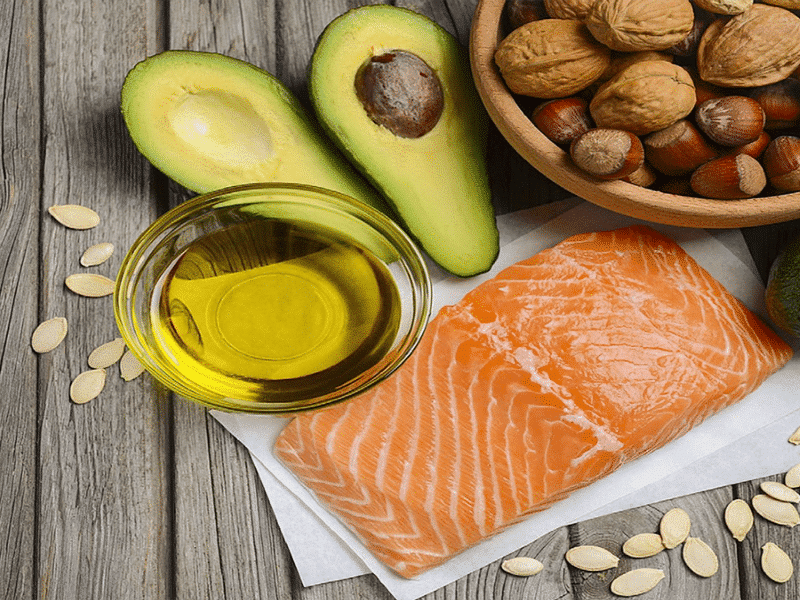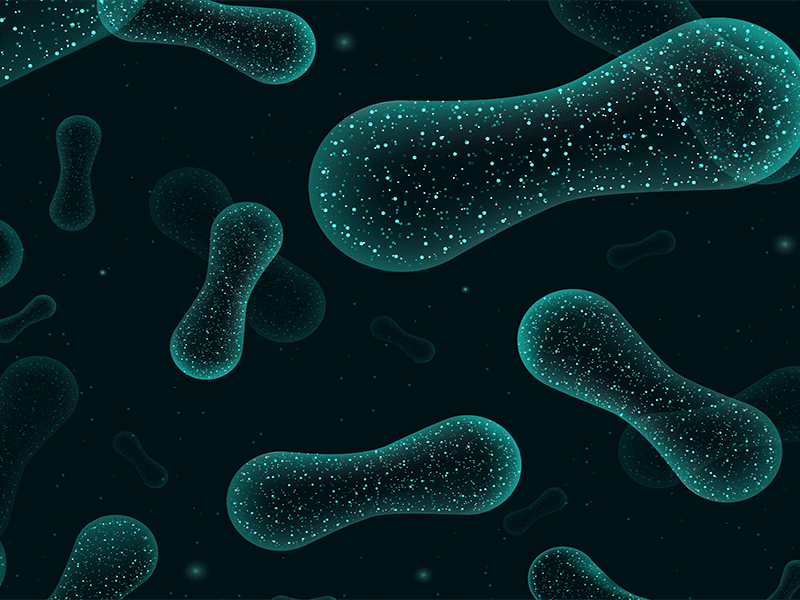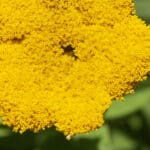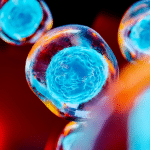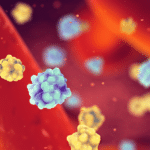How many endocannabinoids are there? You’d be forgiven for thinking just two, but several others have been identified – and researchers in San Diego, California, say they just found another one.
Before we get into that news, let’s back up. Endocannabinoids are sometimes called the body’s own cannabis: molecules that activate and modulate the endocannabinoid system (ECS), both to make you feel good and to help keep you well, via a pair of cellular receptors known as cannabinoid receptor types 1 and 2, or CB1 and CB2.
The two most famous endocannabinoids are anandamide and 2-AG, discovered in the early 1990s. They are synthesized in the body from arachidonic acid, an omega-6 essential fatty acid obtained through meat, eggs, milk, and fish, or converted from another omega-6 called linoleic acid, found in nuts, seeds, and some refined vegetable oils.
Essential Fatty Acids
While anandamide and 2-AG get most of the attention and are certainly very important, they are not alone in interacting with CB1 and CB2. In a 2019 paper, researchers at the University of Illinois reported on recent discoveries of another four endocannabinoids and their derivatives, all synthesized in the body from two omega-3 essential fatty acids found primarily in fish and supplements.1
At the risk of getting lost in alphabet soup: from docosahexaenoic acid (DHA) come both DHA–EA (also called synaptamide) and DHG. And from eicosapentaenoic acid (EPA) come EPA–EA and EPG. They’re not yet household names (and may never be), but still appear to be critically important to the ECS’s mission of maintaining homeostasis and overall health, in part as a counterbalance to the omega-6-derived endocannabinoids.2
Which brings us to the latest discovery, a mouthful of a molecule called pentadecanoylcarnitine (PDC). According to the recent paper in Scientific Reports3 describing its discovery and preliminary testing, PDC is synthesized in the body from another dietary fatty acid known as pentadecanoic acid or C15:0 (found mostly in full-fat dairy but also some fish, plants, and other foods). It binds with both CB1 and CB2, among other receptors, and may play a role in a variety of physiological processes related to the regulation of inflammation, pain, mood, and sleep.
Dolphins, Supplements & the ECS
The story of PDC’s discovery is a strange one. It involves the US Navy Marine Mammal Program, a drug-discovery company called Epitracker, and an Epitracker spinoff called Seraphina Therapeutics that is currently marketing and selling C15:0 as a dietary supplement called Fatty 15.
Both companies are run by the husband-and-wife team of Stephanie and Eric Venn-Watson. Both also hold exclusive licensing rights from the US Navy to commercialize odd-chain saturated fatty acids as human and animal health products. On top of that, Eric is a longtime Navy physician. Suffice to say there are conflicts of interest upon conflicts of interest.
With that in mind, let’s look at what they did – starting with the dolphins. Stephanie Venn-Watson has been studying bottlenose dolphins as an animal model for understanding the metabolism and health effects of fatty acid intake in humans for years; she served as lead author of a pair of related papers published in 20154 and 2020.5
The latest paper summarizes her previous work thusly: “Similar to humans, bottlenose dolphins are long-lived, large-brained mammals with demonstrated associations between higher circulating C15:0 and C17:0 concentrations and lower risks of chronic metabolic conditions. When dolphins were fed a modified, high-C15:0 fish diet, their serum metabolome shifted, resulting in lower insulin and cholesterol, as well as attenuated anemia.”
Pentadecanoylcarnitine
To better understand these changes, this time around the team sought to study the biological activities of key C15:0 metabolites. First, they analyzed previously collected blood tests from dolphins fed the modified diet to identify compounds whose levels rose in tandem with increased fatty acid consumption. After six months of feeding, pentadecanoylcarnitine emerged as the number-one metabolite most associated with, or predictive of, elevated C15:0 intake.
PDC was then tested in the lab on a dozen human cell systems modeling various disease states to elucidate its direct effects. It was found to have dose-dependent anti-inflammatory activities in five of these systems that are considered clinically relevant to treating cardiovascular, immune, neoplastic (tumor-related), pulmonary, and skin diseases.
Finally, to assess its molecular mechanisms of action, the researchers tested PDC’s activity at a range of targets including receptors, transporters, ion channels, and enzymes. It was found to be a full agonist of both CB1 and CB2, a trait it shares with only one other known endocannabinoid, 2-AG.6 Additionally, PDC had dose-response antagonist activities for both histamine H1 and H2 receptors, making it an antihistamine, and agonist activities for both serotonin 1A and 1B receptors, meaning it may support mental health through serotonin release, the authors report.
Given all this and the conflicts of interest previously disclosed, the big sell in the paper’s closing sentence should come as no surprise: “Due to population-wide decreases in whole fat milk intake … further studies are needed to evaluate possible links between the global rise in allergies, mental health conditions, and sleep disorders and C15:0 nutritional deficiencies.”
More research into pentadecanoylcarnitine and its role as an endocannabinoid would also be welcome. It’s currently mentioned only a couple other times in the scientific literature, in both cases recognized as one of many fatty acid metabolites, but not much more. In fact it looks to be one of at least seven endocannabinoids identified so far that serve as signaling agents within the ECS, the body’s master regulatory system.
Nate Seltenrich, Project CBD contributing writer, is the author of the column Bridging the Gap. An independent science journalist based in the San Francisco Bay Area, he covers a wide range of subjects, including environmental health, neuroscience, and pharmacology. © Copyright, Project CBD. May not be reprinted without permission.
Footnotes
- Watson, Josephine E et al. “Emerging class of omega-3 fatty acid endocannabinoids & their derivatives.” Prostaglandins & other lipid mediators vol. 143 (2019): 106337. doi:10.1016/j.prostaglandins.2019.106337 https://projectcbd.org/medicine/essential-fatty-acids-endocannabinoi…
- https://projectcbd.org/medicine/essential-fatty-acids-endocannabinoi…
- Venn-Watson, Stephanie et al. “Pentadecanoylcarnitine is a newly discovered endocannabinoid with pleiotropic activities relevant to supporting physical and mental health.” Scientific reports vol. 12,1 13717. 23 Aug. 2022, doi:10.1038/s41598-022-18266-w
- Venn-Watson, Stephanie K et al. “Increased Dietary Intake of Saturated Fatty Acid Heptadecanoic Acid (C17:0) Associated with Decreasing Ferritin and Alleviated Metabolic Syndrome in Dolphins.” PloS one vol. 10,7 e0132117. 22 Jul. 2015, doi:10.1371/journal.pone.0132117
- Venn-Watson, Stephanie et al. “Modified fish diet shifted serum metabolome and alleviated chronic anemia in bottlenose dolphins (Tursiops truncatus): Potential role of odd-chain saturated fatty acids.” PloS one vol. 15,4 e0230769. 7 Apr. 2020, doi:10.1371/journal.pone.0230769
- Tsuboi, Kazuhito et al. “Endocannabinoids and related N-acylethanolamines: biological activities and metabolism.” Inflammation and regeneration vol. 38 28. 1 Oct. 2018, doi:10.1186/s41232-018-0086-5
Recommended Readings
Diet & the Endocannabinoid System
New research on how the ECS impacts hunger, diet, digestion, and energy metabolism.
Leafy Greens & Diabetes
β-caryophyllene is a terpene present in cannabis as well as many dark green, leafy vegetables.
Gut Microbiota & the Endocannabinoid System
Scientific research shows that THC and CBD promote a healthy microbiome.


